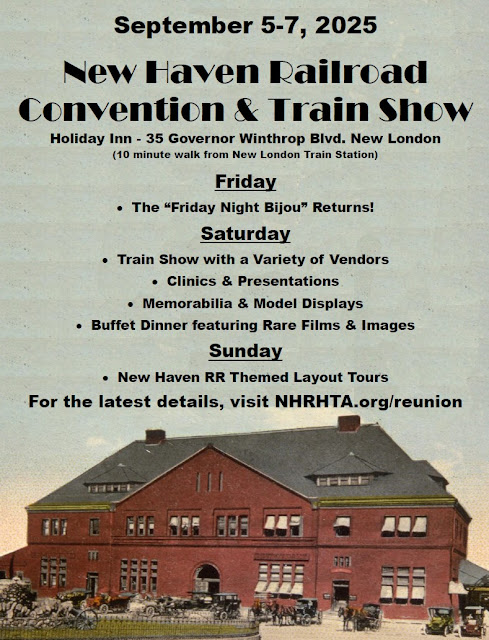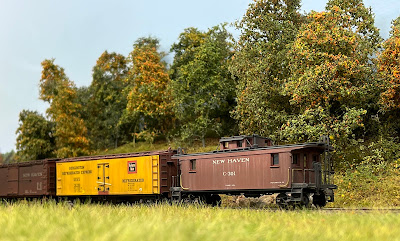Wednesday, July 2, 2025
Wednesday, June 18, 2025
Wednesday, June 11, 2025
Wednesday, June 4, 2025
Wednesday, May 28, 2025
Saturday, May 24, 2025
Quick Update...
I know content has been a bit lax here as I focus (too much time) on the Valley Local Facebook Group, and it's also my busiest time of year at the day job. . . But there are some exciting new developments coming up and I'm planning on sharing them here too, so your continued patience is appreciated!
In the meantime, in addition to helping Pete out with his layout . . .
I custom painted/lettered an undec Rapido 44-tonner and weathered it with a combination of airbrushed acrylics, oil paints, and PanPastels. I also installed MV lenses as well as a cab-filling Scale Sound Systems speaker which really rattles the windows. Only downside is that I had to sacrifice the cool cab interior. But I think it's worth it. You can have a listen in the video below . . .
The video also shows some of the other progress being made in Middletown - specifically a new "concrete" pad for the bulk track.
More to come, so thanks much for your patience and stay tuned!














